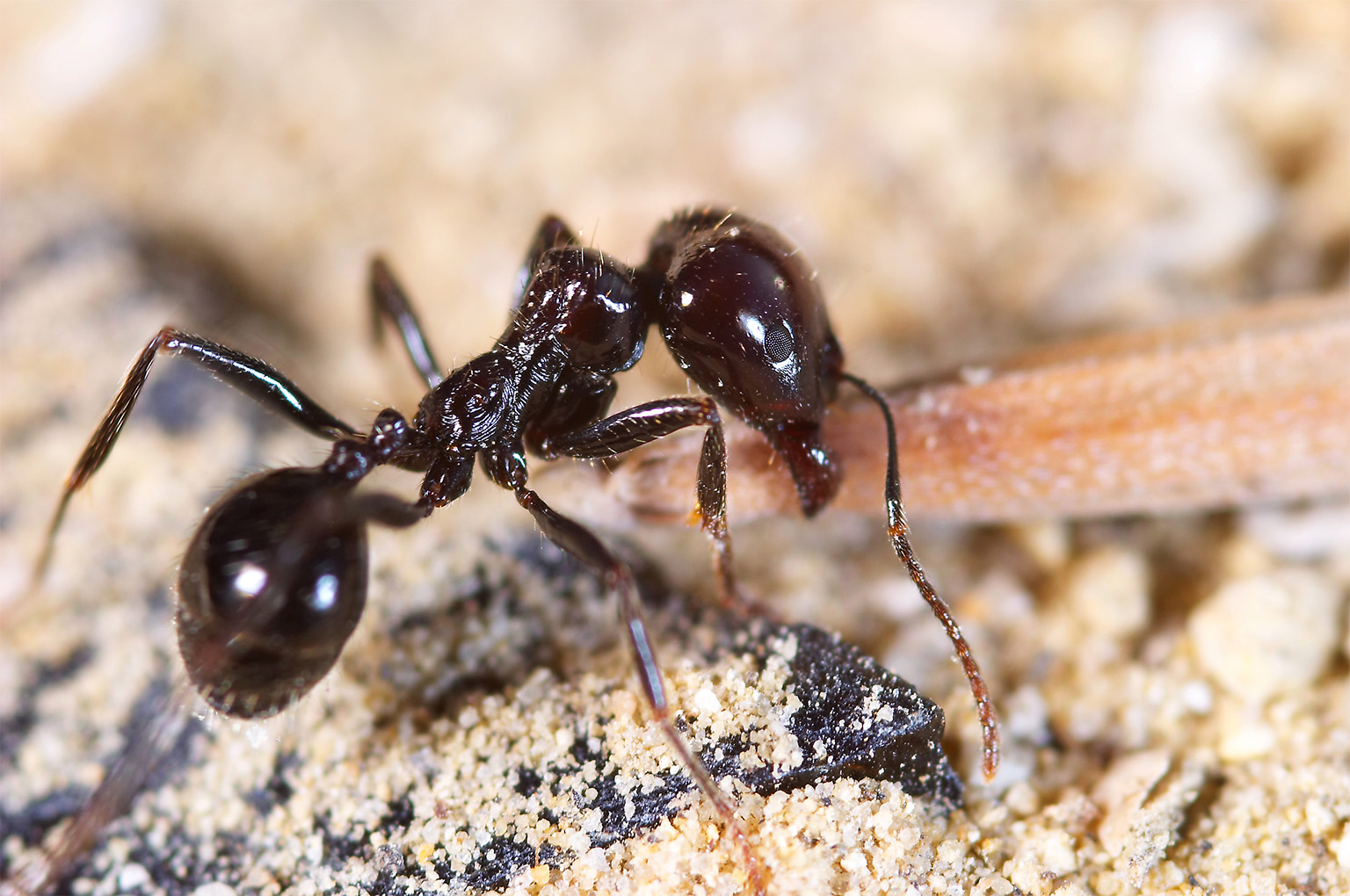Introduction
Carpenter ants are common pests that can cause significant damage to homes and structures located in Chilliwack, Abbotsford, Mission and other areas throughout the Fraser Valley. These large ants are known for tunneling through wood, which can weaken the structural integrity of buildings. If left unchecked, carpenter ant infestations can lead to costly repairs. In this blog post, we will discuss effective carpenter ant pest control strategies specifically tailored for the Fraser Valley region. By understanding their habits and implementing preventive measures, you can protect your property from these destructive insects.
1. Identifying Carpenter Ants:
Before diving into pest control options, it’s important to be able to identify carpenter ants. They are larger than most other ant species, measuring around 6 to 12 mm in length. Carpenter ants have a dark brown or black coloration and a segmented body. They are typically found near decaying or damp wood, and you may notice piles of wood shavings (frass) near their nesting areas.
2. Eliminating Food and Moisture Sources:
One of the first steps in controlling carpenter ants is removing their food and water sources. Ensure that your kitchen and pantry are clean and free of crumbs or spills that might attract these pests. Repair any leaks or plumbing issues that could create moisture problems, as carpenter ants are drawn to damp environments.
3. Sealing Entry Points:
Inspect your home for any gaps or cracks that could serve as entry points for carpenter ants. Seal these openings using caulk or other appropriate sealants to prevent ants from infiltrating your structures. Pay close attention to areas where utility lines, enter the building, as well as gaps around windows and doors.
4. Trimming Vegetation and Removing Wood Piles:
Carpenter ants often nest in outdoor wooden structures, such as decks, fences, and woodpiles. Trim vegetation away from your house to create a barrier between the ants’ outdoor nesting sites and your home. Additionally, move any woodpiles or decaying logs away from the house to minimize the risk of infestation.
5. Applying Insecticides:
When dealing with a carpenter ant infestation, insecticides can be one of the most effective tools. However, it’s crucial to choose products labeled for carpenter ants and follow the instructions carefully. Apply the insecticide to areas where ants are active, such as trails, entry points, and nesting sites. As these areas can often be hard to locate and access, it’s recommended to consult a professional pest control service for effective and safe application.
6. Seeking Professional Assistance:
If your carpenter ant infestation persists or if you have a severe infestation, it is advisable to seek professional assistance. Pest control experts have the knowledge, experience, and resources to identify the extent of the problem and implement appropriate treatments to eliminate carpenter ants effectively.
Conclusion:
Carpenter ant infestations can pose a serious threat to the structural integrity of homes and buildings in the Fraser Valley. By implementing preventive measures, such as eliminating food and moisture sources, sealing entry points, and maintaining a tidy environment, you can reduce the risk of infestation. However, if you’re dealing with a persistent or severe carpenter ant problem, it’s best to consult a professional pest control service. They can provide targeted treatments and expert advice to ensure your property remains carpenter ant-free. Remember, early detection and swift action are key to protecting your home from these destructive pests. For a no-charge estimate on your carpenter ant situation, contact us.





